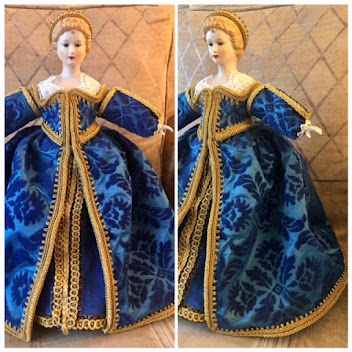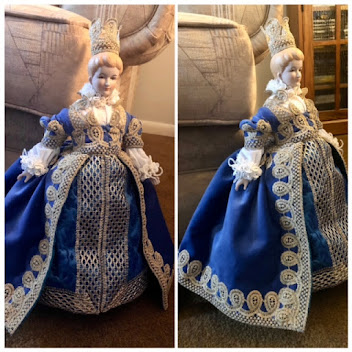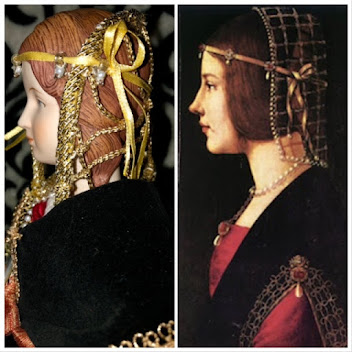What does this have to do with the Society for Creative Anachronism -SCA? This opens up a narrative about how the SCA is different than societal expectations of the past. Since members are recreating the past, this means we have to address the problematic nature of history in all the various biases, discrimination, and inequity. Facing the various practices that were wrong, eventually finding solutions to adjust for equity and inclusivity into our game. The mindset of the modern middle ages helps to a point but doesn't address the problematic past. The persecution that was societal norms in many cultures is not condoned or practiced in the SCA. Although it's not the end all be all just to have a different mindset and practice the golden rule. Some groups of people use historical recreation/ living history as a narrative for white supremacy and discrimination. We must actively stamp out those who would use this organization as a means to promote their own agenda of hatred. It won't be easy but to be crystal clear, white supremacy, racism, and discrimination are not welcome here or on any of my other platforms.
One of the problematic issues is assigned gender roles are defined in the region and time frame that one is researching. There could be variations of fluidity with gender based on the specific culture, country, and region. My time of study is 1500-1600 England, spanning Henrician and Elizabethan England. Which had strict gender roles for the sexes, with set societal stigma if one should push the envelope and eventual moral/ decency laws. The Buggery Act in 1533 was created by Henry VIII that prevented relationships between same-sex men. Queen Elizabeth's unwed state did help at times with the right of women in her country compared to the continent which was more strict, but she didn't change the patriarchal system. She also added on creating sodomy laws which were active in England till 1828, when they were replaced with another law against homosexuality. Although she was Queen she was afraid of her crown being deposed by a political rival. Exception for gender roles was for theater entertainment; where the cast was all-male, and boys and men had to dress as women for certain roles. Religious authorities were against cross-dressing in theater due to its disregarding social conduct and causing gender confusion. The patriarchal system still stands but we have many ways to keep fighting for equity.
Just because we know what was defined by history, doesn't mean that we have to play by their rules. Although knowing and discussing the context is very important to address your interpretation of the history. I always thought about society's gender roles, since I would run into them frequently as a child. Much more starkly noticed in the modern toy aisle by as defined by just by background color alone. Defined gender roles also float over to medieval toys too.
As I researched fashion dolls for the past decade, their appearance was specifically meant for a female child under the age of 5. It's interesting that in all the depictions of dolls, that no male sibling shows up with their own toy sword or stick horse. There are only a few instances of siblings lined up for a portrait as a family group with no doll insight. The portraits were expensive, capturing as much a likeness of a person, there is much symbolism in the items held by the subjects these works of art. A sign of wealth as well as future child-rearing, the fashion dolls definitely showed power and position in society. This meant that these were nobility level of society. There is only one depiction of lower-middle-class girls who are older about 6-8 holding dolls and actively playing. These are located in the lower-left corner of the painting by Pieter Brugel the Elder, Children's Games. So that is what I have been able to find out about class and gender but don't let that stop you from learning more about these cool objects of fashion communication.
Keep in mind the prior information doesn't encompass all the dolls in history. My focus of research plans on European Fashion dolls ranging from Greek times through the 16th Century. There are dolls that exist in many other cultures, with significance in Native American tribes, Japan, China, Russia, Subcontinent India, Polynesia, and the various tribes in Africa.
Learn about fashion dolls with me, doesn't matter who you are, a fascinating little corner of history. In my next class History of Dolls, am teaching at virtual Aethelmearc Academy on December 11, 2021. Please see the even information in this link, Aethelmearc Academy Event Information
Equity for All,
Marrin
Further Reading:
Conflicting Gender Expectations in the Tudor Dynasty






No comments:
Post a Comment